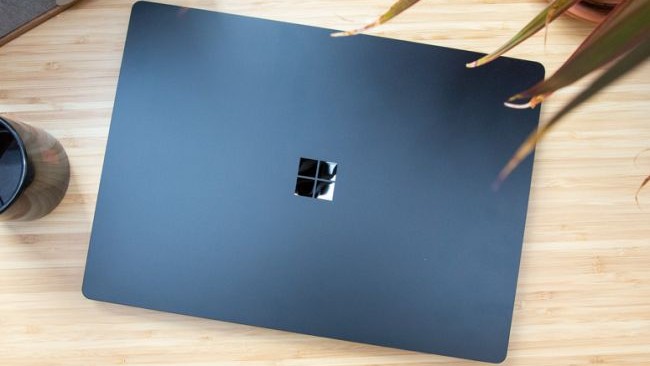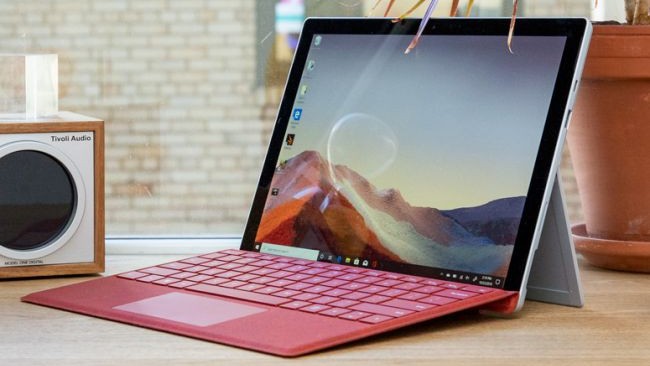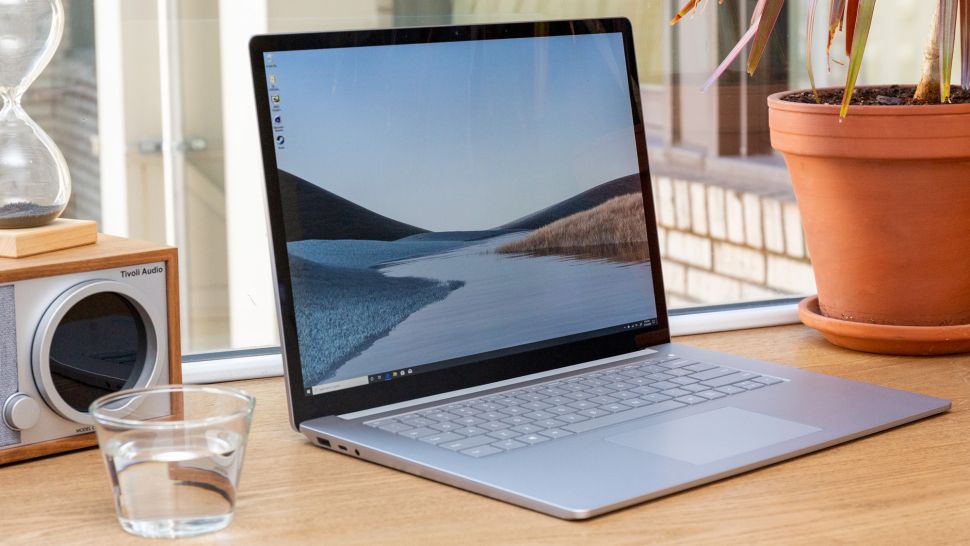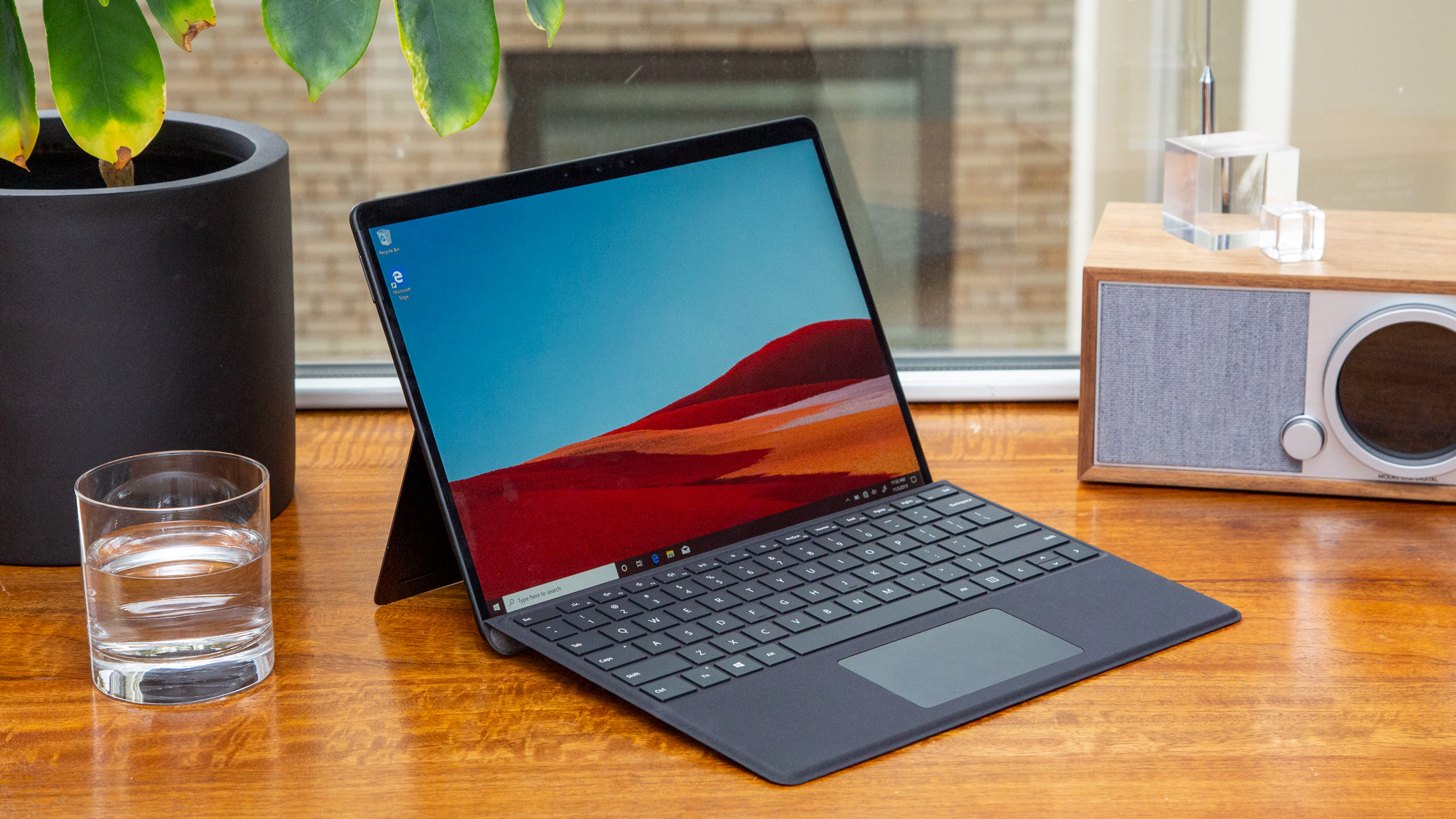The latest Surface devices fall short: Here's how Microsoft can fix it
Is Microsoft losing its way?

Microsoft's Surface products have come a long way in a short time since the original Surface Pro made its debut in 2012. That inaugural device ran the doomed Windows RT OS and suffered from slow performance.
Rather than concede to Apple and other laptop vendors, Microsoft kept at it, and expanded its range of products. Microsoft found its footing a few years ago and really hit its stride in 2018 with the release of the Surface Laptop 2 and Surface Pro 6.
But just as the company seemed to be widening the gap against its rivals, Microsoft's proclivity for inconsistency reared its ugly head; The latest range of Surface products left us frustrated and worried that Microsoft might be losing its focus.
Let's take a look at those faults, and ways Microsoft can come back stronger than ever this year.
Surface Pro 7's battery life problem
The Surface Pro 6 was the first detachable 2-in-1 running Windows 10 that checked all the boxes for what constitutes a good laptop (or hybrid, in this case). Its quad-core processor provided fast performance, and the tablet's gorgeous screen could compete with the best of them.
What impressed us most about the Surface Pro 6 was its 9+ hours of real-world battery life. Earlier Surface devices (at least, those running full Windows 10) had struggled to stay powered for an entire workday.

When the Surface Pro 7 came around, we were excited to get it in our lab to see if Microsoft had worked more magic, and brought its endurance up with the likes of the Spectre x360 13 or XPS 13.
Sign up to receive The Snapshot, a free special dispatch from Laptop Mag, in your inbox.
The Surface Pro 7 shut down after 7 hours and 52. Not only is that more than an hour before its predecessor, but it doesn't even match the 8-hour, 14-minute category average for premium devices. We could have excused those runtimes if Microsoft had updated the tablet's aging design, but little was changed apart from adding a USB-C port.
Our original advice was to ignore the newest release and buy the Surface Pro 6 on sale. Now the tables have flipped --- at the time of writing, the Surface Pro 7 can be found for $310 off (as low as $649) whereas the Surface Pro 6 is still selling at MSRP. At those prices, go with the Surface Pro 7. Or wait, and hope Microsoft does better next time.
Selling the wrong Surface Laptop 3

The folks at Laptop Mag office were puzzled when Microsoft announced at its Surface event that the Surface Laptop 3 would pack AMD processors, not those from Intel. We were so puzzled, in fact, that several hours were spent speculating on the move.
Whether it was to put pressure on Intel or because of a good deal struck with AMD, the decision ultimately didn't pay off. Microsoft's AMD-powered Surface Laptop 3 --- the one it sells at Best Buy and other retailers --- is inferior to the Intel model the company would later acknowledge off-stage.
The Intel version, which Microsoft considers "for business" and sells only on its website and enterprise-focused retailers, outperforms the AMD model in every meaningful way. In our face-off between the two devices, the Intel model offered faster performance, better graphics and longer battery life.
A lower price is all the AMD model has going for it. But at an average of $200 less than the Intel model on most configurations, those savings just aren't worth it.
We're not against AMD-powered laptops and tablets, but with Series 4000 chips on the horizon, we can't help but think Microsoft jumped the gun.
Microsoft Surface Pro X: But why?
The Surface Pro X is Microsoft's least successful Windows 10 devices in years. Crippling bugs, app compatibility issues and a confusing price tag, contributed to the Surface Pro X being widely panned by critics.
Again, this feels like Microsoft taking good ideas out of the oven before they've fully cooked. ARM-based processors could very well be the engines powering a future wave of "always connected" devices. But anyone who has ever used a Qualcomm-powered laptop could tell you that ARM isn't ready for primetime. Or, at least, the chips don't offer the performance compatible with a $999 price tag.

Speaking of compatibility, ARM chips, like the SQ1 inside the Surface Pro X, can't run 64-bit, x84 apps and 32-bit apps are at the mercy of an emulator. I didn't run into too many issues as most of the tools I use for work are web-based. However, when I tried downloading AVG, I got an error saying "This app can't run on your PC" and a link to the Microsoft app store. My colleague, Henry T. Casey, had no luck downloading the password manager 1Password.
Worse yet were bugs several reviewers encountered. Christopher Null at Wired, who gave the Surface Pro X three stars out of 10, says his system crashed multiple times, even during "minimal workloads." Cherlynn Low at Engadget (her 73/100 score was a bit more forgiving) had problems adjusting the brightness of her screen and was even met with the dreaded Blue Screen of Death.
Even without these problems, we're not sure why the Surface Pro X exists in the first place. The Surface Pro 6 (and yes, even the Pro 7) is better in every way except when it comes to portability. Microsoft would be better off updating the design of its flagship device instead of cannibalizing it with an inferior one.
Where the hell is the Surface Book 3?

I love the Surface Book 2. I would even have purchased one if I had the money when the Surface Book 2 was released in 2017, not long after I graduated from college. We're now in 2020 and there is not even the chirp of crickets to break Microsoft's silence on a potential successor, the Surface Book 3.
In many ways, the Surface Book is Microsoft's most impressive and capable device. The Surface Book gives those who don't like the Surface Pro's flexible, bouncy keyboard attachment (we often complain about its "lapability") a traditional clamshell laptop, while customers looking for a portable solution can detach the screen and use it as a proper tablet.
The Surface Book 3 is long overdue, as the wait for Microsoft's answer to the new 16-inch MacBook Pro continues.
What Microsoft needs to do in 2020
Most of these faults come down to questionable decisions, not the quality of Microsoft's hardware. There are some obvious steps Microsoft can take to get back on track.
First, update the Surface Pro with a modern design and optimize for battery life. OK, that's no easy task, but it needs to be done to compete with the iPad or increasingly portable laptops.
If Microsoft wants to do customers a favor, it will bring the Intel-powered Surface Laptop 3 to retail stores, and not erroneously market it as a business laptop (seriously, what makes it for business users?).
The Surface Book 3 doesn't need much to succeed, just a 10th Gen processor, updated graphics (GTX 1660 Ti would do) and a refreshed design with slimmer display bezels. I'd like to see a Surface product pack an H-series processor but Intel's six-core Comet Lake might be a better fit.
That brings us to the Surface Pro X. Even if the price were cut in half, we'd just turn your attention to the Surface Go, a great budget 2-in-1 with its own battery life problem. The best we can hope for is Microsoft using the Surface Pro X's gorgeous design as a blueprint for the Surface Pro 8.
Microsoft's Surface products aren't going anywhere, especially after scoring some impressive Q4 2019 financial results. Let's just hope the next wave of devices coming later this year aren't another step backward.
Phillip Tracy is the assistant managing editor at Laptop Mag where he reviews laptops, phones and other gadgets while covering the latest industry news. After graduating with a journalism degree from the University of Texas at Austin, Phillip became a tech reporter at the Daily Dot. There, he wrote reviews for a range of gadgets and covered everything from social media trends to cybersecurity. Prior to that, he wrote for RCR Wireless News covering 5G and IoT. When he's not tinkering with devices, you can find Phillip playing video games, reading, traveling or watching soccer.

